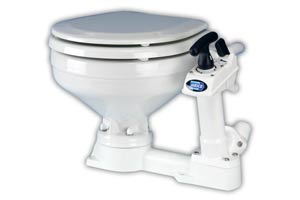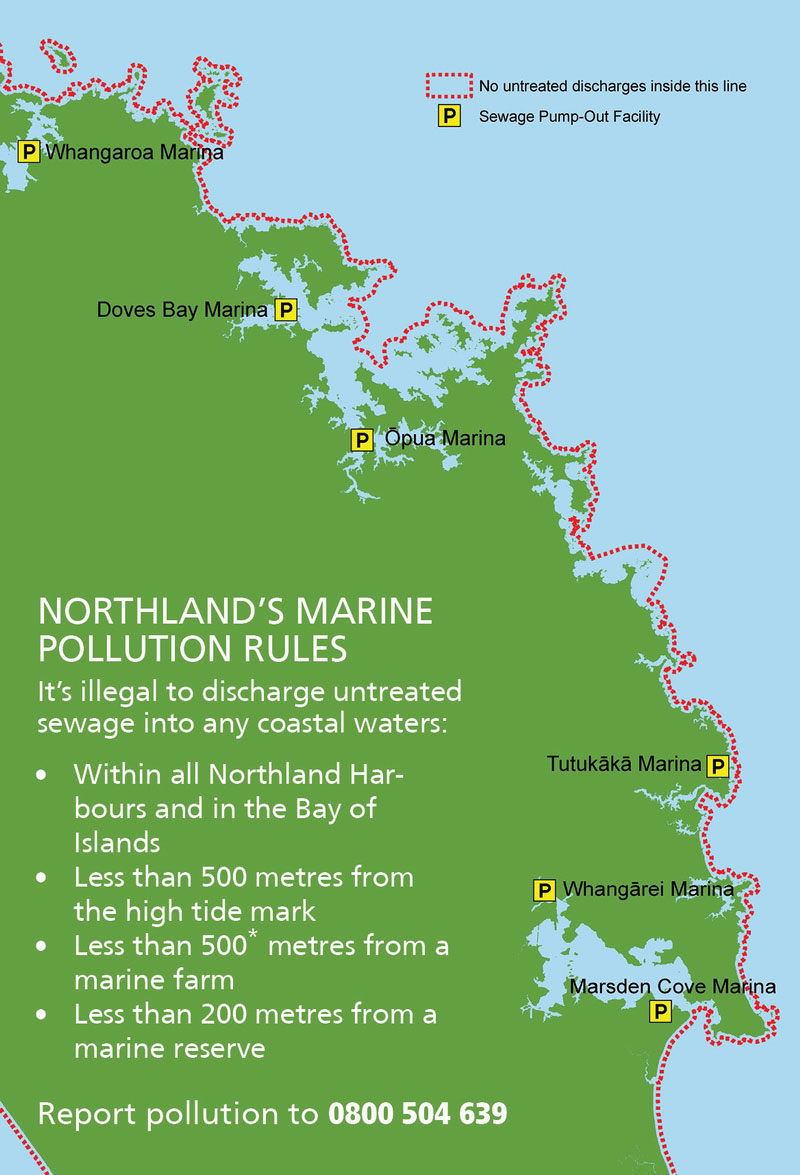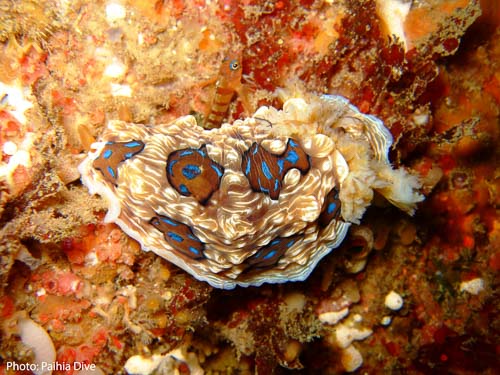 In our harbours, untreated sewage can contaminate the shellfish we eat or make water unsafe for swimming for a long time after it's discharged.
In our harbours, untreated sewage can contaminate the shellfish we eat or make water unsafe for swimming for a long time after it's discharged.
Dispose of your boat sewage properly. No discharging untreated sewage in the dark blue areas highlighted on the map below!
- Within all Northland harbours and the Bay of Islands
- Less than 500 m from the high-tide mark
- Less than 500 m from a marine farm
- Less than 200 m from a marine reserve
Alternatively, pump it out at a marina pumping facility.
Download the Bay of Islands - marine effluent non-discharge area map
- Boat sewage is much more concentrated than sewage from land because it has not been diluted or treated. It is estimated that an untreated discharge from a single weekend boatie can put the same quantity of bacterial pollution into the water as the treated sewage from thousands of people on land.
- Boat sewage can contaminate the water with long-living viruses and nasties which can cause harmful diseases, like Hepatitis A, or severe stomach upsets.
- Shellfish can become unsafe to eat for weeks after exposure to sewage as they are filter feeders – they concentrate viruses and other nasties in the water. Shellfish in estuaries and bays are particularly at risk because any contaminated water in them usually takes longer to flush out.
For full details visit the Northland Reginal Councils website: https://www.nrc.govt.nz/Maritime/Our-marine-environment/Marine-pollution/



 All of us with an interest and love of Tangaroa, let's work together and take on the challenge of marine protection for the Bay.
All of us with an interest and love of Tangaroa, let's work together and take on the challenge of marine protection for the Bay.